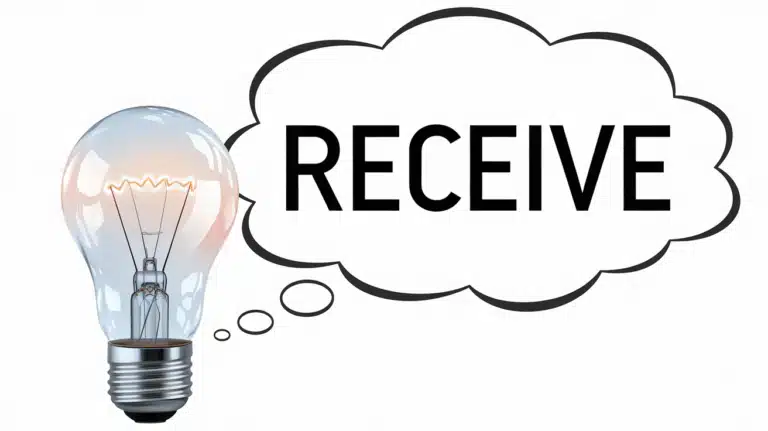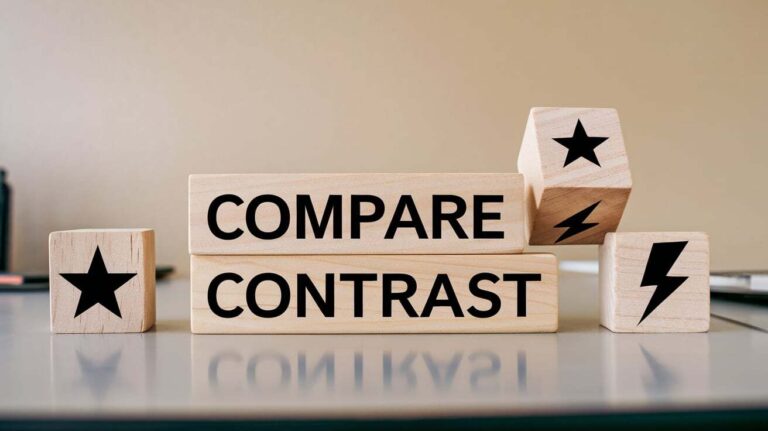Set vs Sit: The Ultimate Guide to Using These Tricky Verbs
Ever found yourself scratching your head, wondering whether to use “set” or “sit” in a sentence? You’re not alone. These two verbs are among the most confusing in the English language, tripping up even native speakers. But fear not! We’re about to embark on a journey through the linguistic landscape of set vs sit, arming you with the knowledge to use these words like a pro.
The Great Grammatical Debate: Set vs. Sit
Before we dive into the nitty-gritty, let’s start with a quick reference guide for those of you who need a fast answer:
- Set: Usually means to put or place something (transitive verb)
- Sit: Typically means to be seated or to take a seat (intransitive verb)
But hold on tight, because there’s a lot more to unpack here!
Unpacking the Meanings: Set and Sit Defined
Set: The Verb of Many Hats
The set meaning in English is surprisingly versatile. At its core, “set” means to put or place something somewhere. But it’s got more tricks up its sleeve than a magician at a kids’ party.
Here are some common uses:
- To put in a specified position: “Set the vase on the table.”
- To adjust or fix in a specific state: “Set the alarm for 7 AM.”
- To establish or prescribe: “The teacher set a deadline for the project.”
Sit: Taking a Load Off, Linguistically Speaking
The sit meaning in English is more straightforward, but it’s got its own quirks. Generally, “sit” means to rest your weight on your bottom, typically on a chair or similar object.
Common uses include:
- To be seated: “Please sit on this chair.”
- To be located: “The cat sits by the window all day.”
- To hold a position of authority: “She sits on the board of directors.”
A Tale of Two Verbs: The Origins of Set and Sit
Understanding the origins of set and sit can help us grasp their usage better.
Set’s Journey Through Time
“Set” comes from the Old English “settan,” which is related to the Old Norse “setja.” It’s been setting things in place since before the Norman Conquest!
Sit’s Linguistic Family Tree
“Sit” also has Old English roots, stemming from “sittan,” which is related to the Latin “sedere.” It’s been helping people take a load off for millennia.
Read More About : Understand the Differences Between Trash and Garbage
Mastering Tenses: Set and Sit Through Time
Let’s look at the conjugation of set and sit across tenses:
| Tense | Set | Sit |
|---|---|---|
| Present | set | sit |
| Past | set | sat |
| Past Participle | set | sat |
Notice something odd? “Set” doesn’t change! It’s like the linguistic equivalent of a chameleon that forgot how to change colors.
Set in Action: When and How to Use It
The set verb usage is where things get interesting. As a transitive verb, it needs an object to act upon.
Examples:
- “I set the book on the table.”
- “She sets the rules in this house.”
But wait, there’s more! “Set” can also be intransitive in certain contexts:
- “The sun sets in the west.”
And don’t forget phrasal verbs:
- Set up: “Let’s set up a meeting.”
- Set out: “We set out on our journey at dawn.”
Taking a Seat with Sit: Usage Guidelines
The sit verb usage is generally more straightforward. As an intransitive verb, it doesn’t need an object.
Examples:
- “I sit on the couch every evening.”
- “The cat sits by the window.”
But “sit” can get reflexive:
- “Sit yourself down and let’s talk.”
And it’s got some phrasal verb action too:
- Sit in: “Can you sit in for me at the meeting?”
- Sit up: “He sat up all night studying.”
Common Pitfalls: Where Even Native Speakers Stumble
The difference between set and sit can be subtle, leading to common mistakes:
❌ “I’ll set here and wait.” (Incorrect)
✅ “I’ll sit here and wait.” (Correct)
Remember: You set something down, but you sit yourself down.
Set vs. Sit: A Showdown of Sentences
Let’s look at some set vs sit examples to cement our understanding:
- “Please set the table for dinner.” (Correct: You’re placing items on the table)
“Please sit the table for dinner.” (Incorrect: Tables don’t sit!) - “The hen sits on her eggs.” (Correct: The hen is seated on her eggs)
“The hen sets on her eggs.” (Incorrect: Unless the hen is placing the eggs somewhere) - “Set yourself up for success.” (Correct: You’re establishing conditions)
“Sit yourself up for success.” (Incorrect: This doesn’t make sense)
Beyond the Basics: Idiomatic Expressions
Both “set” and “sit” feature in numerous idiomatic expressions. Here are a few:
Set:
- “Set in stone” (firmly fixed)
- “Set the world on fire” (achieve great things)
Sit:
- “Sit tight” (wait patiently)
- “Sit on the fence” (avoid taking sides)
The Professional’s Guide: Set and Sit in Formal Writing
When it comes to set vs sit grammar in formal settings, precision is key. Always double-check your usage, especially in academic or business writing.
Pro tip: In scientific writing, “set” is often used to describe establishing parameters or conditions, while “sit” might describe the position of an object in an experiment.
A Sit-uation Comedy: Humorous Mix-ups in Pop Culture
Even Hollywood isn’t immune to the set vs. sit confusion. Remember the famous line from “Forrest Gump”?
“Life is like a box of chocolates. You never know what you’re gonna get.”
Now imagine if Forrest had said, “You never know what you’re gonna sit.” Not quite the same impact, is it?
Test Your Knowledge: Set vs. Sit Quiz
Let’s see how well you’ve absorbed this information:
- The sun _ in the west.
- Please _ the book on the shelf.
- We’ll _ here and wait for the bus.
- She _ a new record in the 100-meter dash.
(Answers: 1. sets, 2. set, 3. sit, 4. set)
Setting It Straight: Final Tips and Tricks
Still feeling unsure? Here’s a mnemonic device to help you remember:
“You set something, but you sit yourself.”
When in doubt, ask yourself: Am I placing something, or am I parking my behind? If it’s the former, use “set.” If it’s the latter, go with “sit.”
The Future of Set and Sit: Language Evolution
Language is always evolving, and the usage of “set” and “sit” is no exception. Some linguists predict that the distinction between these verbs might blur further in informal speech. However, in formal writing, the traditional usage is likely to persist.
As William Strunk Jr. famously said:
“The best writers sometimes disregard the rules of rhetoric. When they do so, however, the reader will usually find in the sentence some compensating merit, attained at the cost of the violation.”
So while it’s crucial to know the rules, remember that language is a living, breathing entity. The most important thing is to communicate clearly and effectively.
In conclusion, mastering the set vs sit distinction might seem daunting, but with practice, it’ll become second nature. So go ahead, set your fears aside, sit down with some writing exercises, and watch your grammar skills soar!







